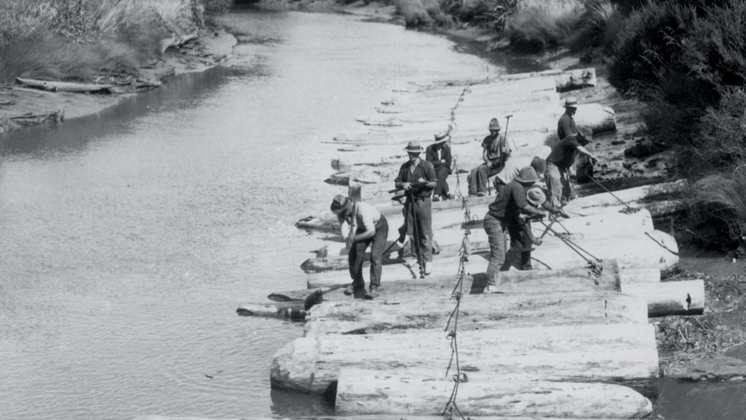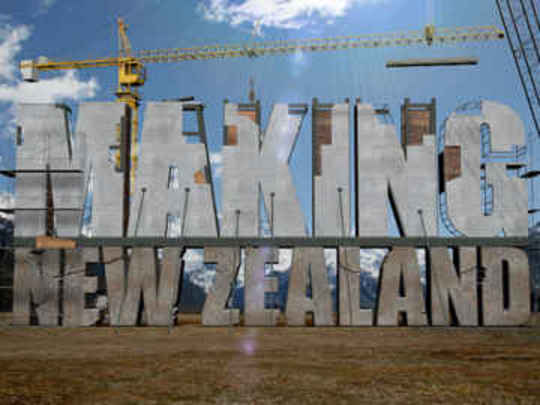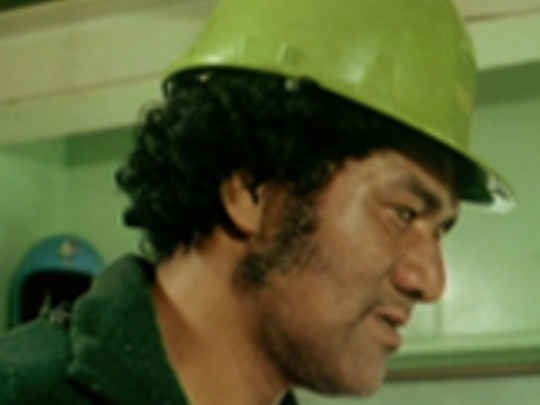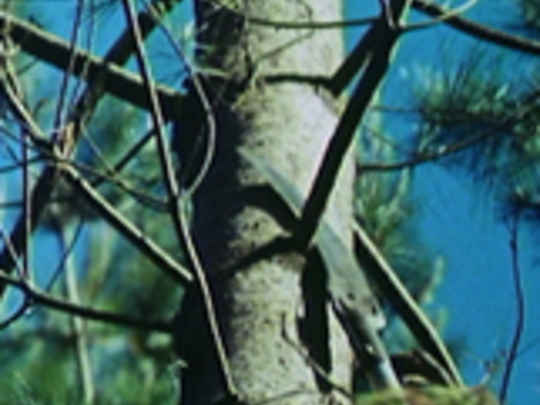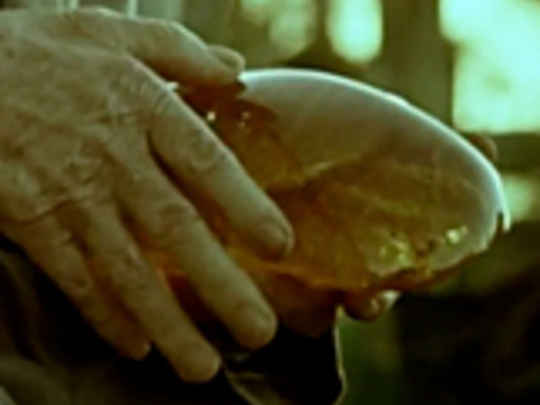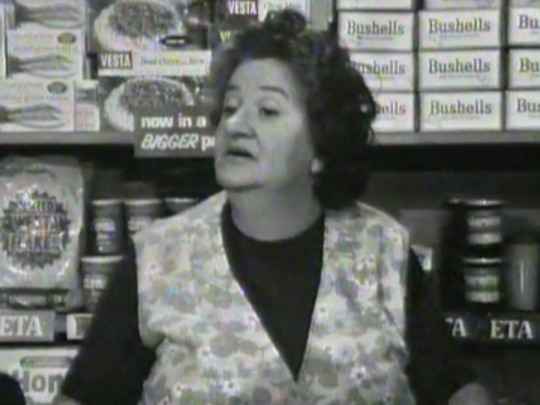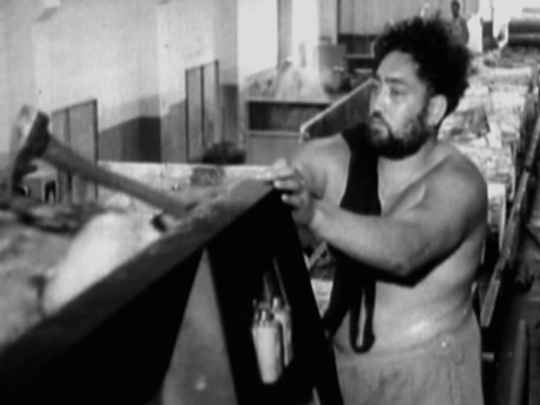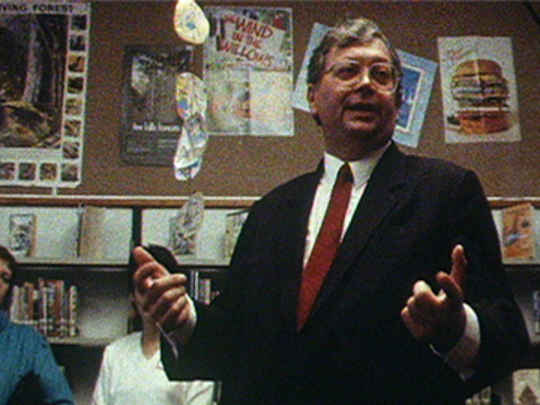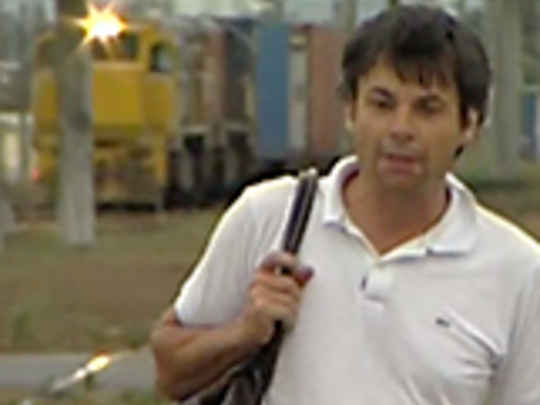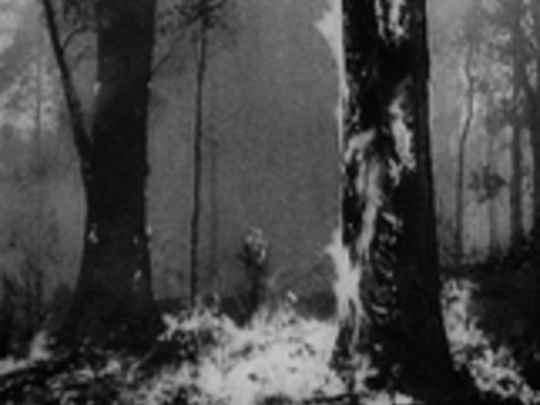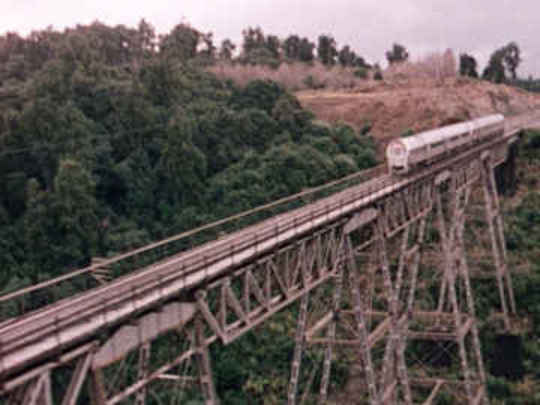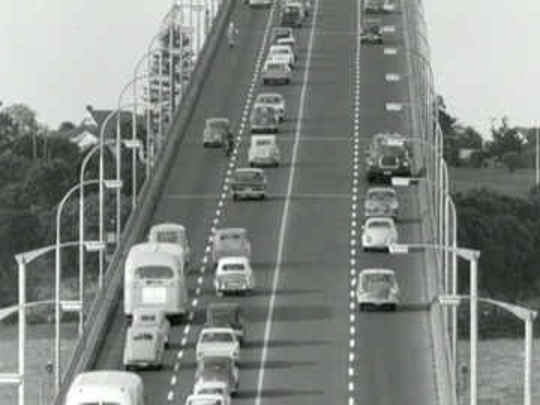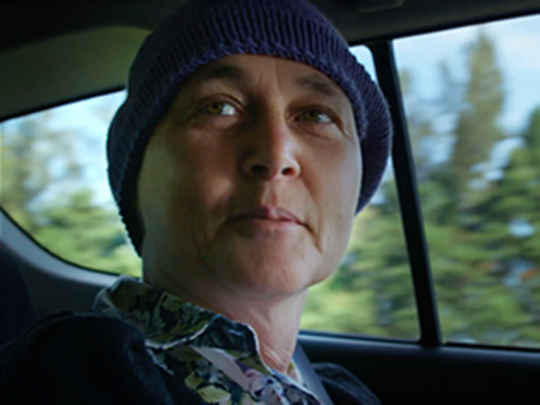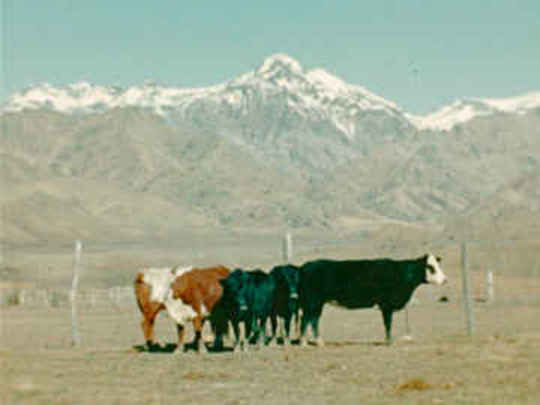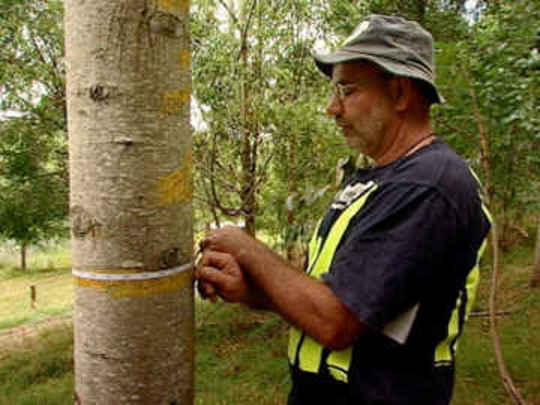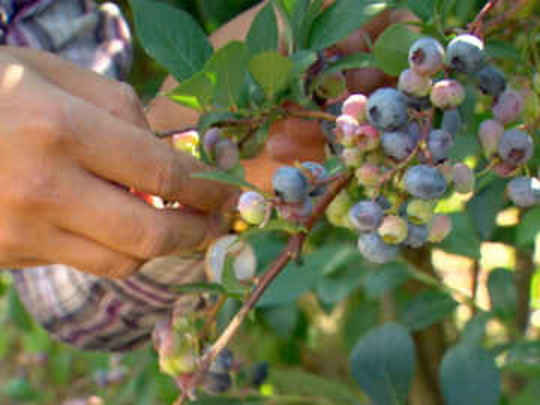That's not bush — only one kind of bush.
– Former sawmill worker Joe Pittims argues that pine plantations are not 'real' native bush
At the time when our people passed upon it, there were so many trees the size of Tāne in this forest that you didn't really need to discover them. I guess when we see this tree we think of, you know, the strength of a survivor.
– Will Ngaruru from Te Roroa on why giant kauri tree Tāne Mahuta is seen to be special
The banks were completely clothed with the finest timber my eyes ever beheld.
– English naturalist Joseph Banks, in a 1769 account of travelling up a Coromandel river
A lot of the countryside was just essentially cut and burnt, and that happened on a very large scale and they didn't worry about fire breaks and things. They just burnt it up to the edge of the bush, because that was going to be next year's burn, and if some of it got burnt in the process that was a bonus really.
– Forestry historian Peter Berg on the mass clearance of bush and forests in colonial New Zealand, early in this documentary
Head down, arse up, and the more you got on the ground the better, you know. There was a lot of danger in the native bush: you cut your escape route and everything like that, and when that tree started to fall, you bolted.
– Former bushman Louie Duncan on the hard graft of felling native trees
It was such a versatile timber — you could use it for anything. it was flexible, it was waterproof, because it's imbued with the kauri resin. You couldn't wait three or four months for a metal casting to come from England, so you made your own out of a kauri.
– Sheri O'Neill from Northland's Kauri Museum on the qualities of kauri wood
We were very poor, I can tell you that, and we only had a rented house...we were much in the same category as a lot of Māori people, and we had a hard time.
– Leo Glamuzina on the Dalmation community who worked in Northland's kauri gumfields
Kauri gum and kauri timber built Auckland, basically. They were very short-lived industries, but at their peak they were huge.
– Sheri O'Neill, from Northland's Kauri Museum, on the economic gains from exporting kauri wood and products
A lot of the native mills were set up to cut very big logs, but plantation logs are much smaller...much smaller, just a fraction of the size.
– Forestry expert Dennis Neilson on the 1939 launch of Waipa Sawmill, to process pinewood from Kāingaroa Forest
Our friend Roger Douglas came along and pulled the bloody plug on forestry, really.
– Forestry veteran Jim Spiers criticises the reforms of David Lange's Labour Government in 1984
Kauri was getting harder to come by, but other native woods were still available. The hard tōtara was used for piles and fence posts, mataī for flooring, and rimu for furniture and houses. Kahikatea and beech were used for household items and the food industry.
– Narrator Mark Clare on the types of wood being milled after World War ll
At the height of the industry in New Zealand, we had two major companies. They have their own forests, they have sawmills, they have pulp mills, they have paper mills, they have plywood mills — and they're huge. And we had two of them: they were Tasman, which became Fletcher Challenge, and NZ Forest Products, which became Carter Holt Harvey.
– Forestry expert Dennis Neilson on the major players in New Zealand
After 30 years the giant Kāingaroa pine forest was ready to be harvested, but there was no infrastructure to mill it, and no market for it.
– Narrator Mark Clare on the need for Waipa Sawmill, which opened in 1939 to process Kāingaroa pine trees
New Zealand's native forests had been depleted at an alarming rate, and although the Forest Service tried to restrict logging native trees, when the men came back from World War Two, they needed houses.
– Narrator Mark Clare
We were pioneers in plantation forests in New Zealand because at the time in the late nineteenth century, all of the world was just planting native forests.
– Forestry expert Dennis Neilson
Plantation forestry was proving to be a slow but steady earner. By the 1950s, private companies owned about 40 per cent of the new forests, and were moving into other parts of the plantation industry, like pulp and paper.
– Narrator Mark Clare on changes in forestry in Aotearoa in the mid 1900s
The crown-owned forestry sector was separated into the commercial planted forests, and the native forests . . . Eighteen months after the crown's native forests had been protected, the government put the country's exotic forests up for sale.
– Narrator Mark Clare on the transformation of the Kiwi forestry sector in the 1980s
